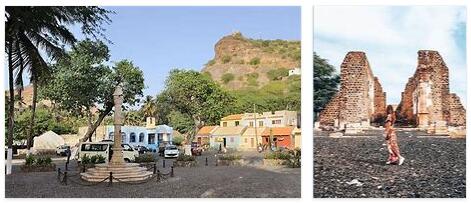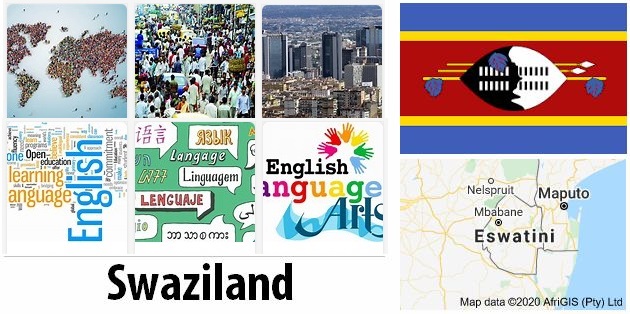Cape Verde History and World Heritage
Cape Verde, island republic off the west coast of Africa on the Cape Verde Islands. The population is 71% mulatto and 28% black. Sugar cane, coffee and bananas thrive in the tropical-Atlantic climate. Visit health-beauty-guides.com for Cape Verde long beaches and African exotics.
The former Portuguese islands discovered in 1455/56 became independent in 1975.
History
In 1456 the Cape Verde Islands, previously inhabited only sporadically, were taken over by the Italian seafarer A. Cadamosto, who was in Portuguese servicediscovered and annexed for the Portuguese crown in the years 1460–62. After São Tiagos was taken over by Portuguese settlers (Moradores), sugar cane plantations were created on which slaves imported from the Guinea coast worked. After the settlers had already delivered slaves to the Iberian Peninsula, they exported slaves from 1466 by virtue of royal privilege. a. to America. The country thus became a hub for the slave trade, via which crops such as maize from Central America or cassava from Brazil reached Africa in the opposite direction. The minority of Portuguese settlers entered into connections with African women, some of whose children were declared inheritable. The genetic mix corresponded to the development of the first Creole society,
The economy began to decline in the middle of the 17th century, including raids by pirates like F. Drake contributed. The exploitation of the archipelago through direct taxes to the Portuguese crown or trading companies licensed by it as well as the lack of monetary stability prevented the continuous development of productive structures. Against the exploitation methods of the landowners there were repeated revolts (1822 and 1841) and in 1835 a bloodily suppressed slave rebellion, which was directed against the entire Portuguese colonial system. After the definitive abolition of slavery (1878), the slaves became farm laborers or tenants, who later partly got into debt and subsequently lost their land to a new class of local or European landowners.
World Heritage Sites in Cape Verde
World Heritage Site
- Old town of Ribeira Grande (since 2009)
Cidade Velha (World Heritage)
The colonial city of Ribeira Grande, today Cidade Velha, founded by the Portuguese on the island of São Tiago in the 15th century, was the first European colonial city in the tropics. In the 17th century it became the hub of the international slave trade.
Cidade Velha: facts
| Official title: | Cidade Velha (old town of Ribeira Grande) |
| Cultural monument: | Place located on the main island of the Cape Verde Islands, São Tiago (called Ribeira Grande until the 18th century) with extensive evidence of colonial settlement; former capital of Cape Verde; first colonial European base south of the Sahara, founded by the Portuguese in 1462; During the colonial period it was the center of the Portuguese administration, prosperous international trading center and hub for the trade of African slaves with South and Central America; Center of the emergence of a Creole culture through connections between European settlers and African residents; various buildings from the Portuguese period, including Forte Real de São Filipe (1587) and Nossa Senhora do Rosàrio church (1495); Center for the development of its own colonial agriculture |
| Continent: | Africa |
| Country: | Cape Verde |
| Location: | Cidade Velha, 15 km from Praia in the south of the island of São Tiago |
| Appointment: | 2009 |
| Meaning: | Authentic testimony to the colonial development of Africa, the period of the slave trade and the development of Atlantic trade in general; Starting point for the development of the first Creole culture |
Cidade Velha: history
| 1456 | Discovery of the Cape Verde Islands by the Italian navigator Cadamosto, who is in Portuguese service |
| 1460-62 | Annexation for the Portuguese crown, seizure of São Tiagos by Portuguese settlers (Moradores) and creation of sugar cane plantations with the help of slaves from the Guinea coast |
| 1466 | Start of the sale of slaves imported from the Guinea coast, mainly to America |
| 17th century | Economic decline, including pirate raids |
| 19th century | Revolts (1822 and 1841) and in 1835 the brutally suppressed slave revolt against the Portuguese colonial system |
| 1878 | abolition of slavery |
| Beginning of the 20th century | Various famines with over 83,000 starvation deaths; Beginning of the anti-colonial liberation struggle |
| 1974 | After the Carnation Revolution in Portugal, autonomy under a transitional government |
| 1975 | Independence of the Republic of Cape Verde under a one-party system |
| 1990 | Introduction of a multi-party system |



